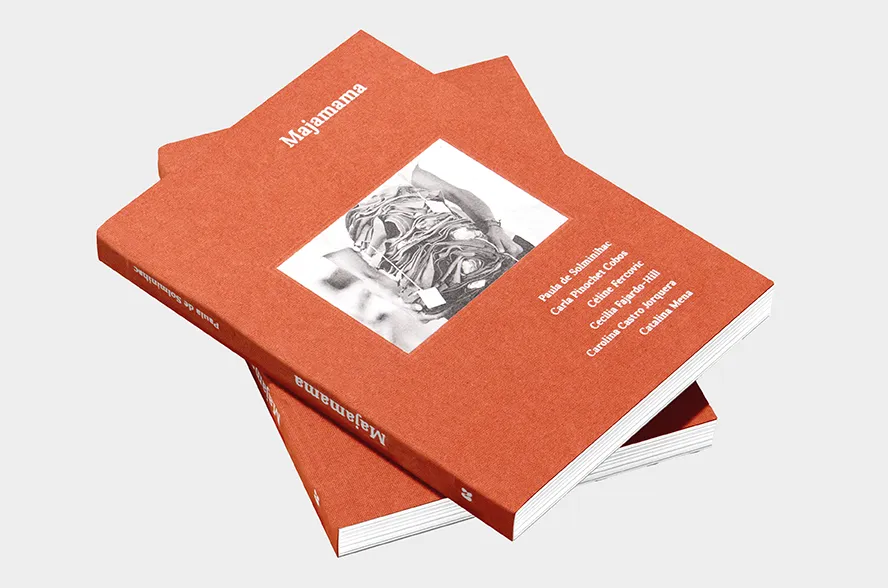Majamama (2024)
Majamama is a book born from the need to translate into words, images, and relationships, a way of making and thinking that has guided my practice for years. I wrote it from a desire to pause and look closely at the processes that have shaped my work as an artist, educator, and mother—and from an urge to share ways of knowing that arise from the body, from experience, and from everyday life.
Leer más...
The title borrows an ambiguous, resonant word—majamama—which evokes entanglement, origin, mixture. It gives shape to a way of thinking that doesn’t separate making from reflection, or emotion from analysis. To me, Majamama is a declaration in favor of embodied, sensitive thought: a kind of insubordination against the dominance of linear reason, and a defense of the knowledge that emerges through practice, error, intuition, and chance.
The book brings together my own writing and contributions by five women authors from diverse fields across the arts and humanities. Each offers a situated reading of my work—not as fixed interpretation, but as open dialogue. Curator Carolina Castro, art historian Céline Fercovic, critic Cecilia Fajardo-Hill, journalist Catalina Mena, and anthropologist Carla Pinochet weave their voices into various entry points to the forms, processes, and tensions that shape my practice.
This publication also marks the launch of Ediciones Nube, an independent, handcrafted imprint dedicated to accompanying artistic processes with book-objects—carefully made, sustainable, and modest in circulation but meaningful in reach. The launch was conceived as a kind of ritual: to close a cycle of exhibition with the opening of another kind of space—this time, a shared text.
Majamama is not a catalogue nor a retrospective. It is an invitation to think with the hands, imagine through the senses, and engage with life as a material, affective, and collective process. I wanted it to be a book read slowly, held often, reopened many times. A book that—in its form and content—inhabits the complexity of the organic and the multiple. A way of saying, through art, that thinking is also a form of care.
